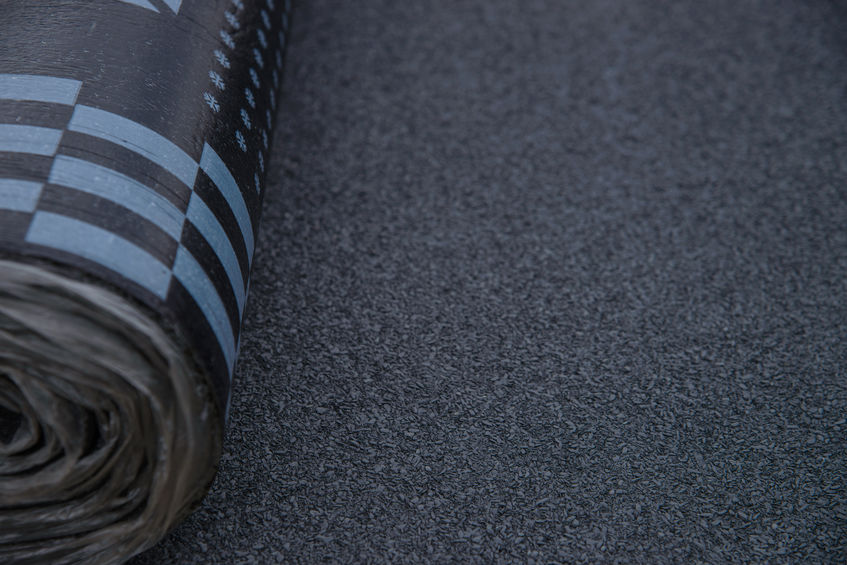Residential buildings are more sensitive to aesthetic subtleties than commercial and industrial buildings – small wonder there are so many styles, materials and solutions available for creating the topmost layer of residential building envelopes. According to Highlands Ranch roofing pros, here are some of the most popular styles and the materials that work best with each style.
Flat Roofs
No roof is ever completely flat, so the term “very low-sloping roof” would be more accurate, but these roofs do look flat, that’s true. The solution used to be common only on commercial and industrial facilities, but the style also works very well with sleek, modern buildings that feature a minimalist style.
The construction offers many benefits. The flat structure makes the style suitable for windy and hurricane-prone areas, it is easy to install and has very low maintenance needs.
The materials most commonly associated with flat roofs are metal, built-up constructions made from alternated layers of bitumen and gravel and synthetic materials, such as TPO and EPDM. Flat roofs can be efficiently treated with various coatings to improve the structure’s resistance to the prolonged exposure to water and to UV radiation.
Gable Roofs
The most classic roof type uses two steep slopes that meet on the top to form a triangle. They work best on classic buildings, but the simplicity of the design makes them suitable for modern architecture as well.
Gable roofs work great in areas that get lots of rain and snow – the steep slopes of the roof shed water quickly and efficiently, thus minimizing the risk of water damage. However, the pointed shape can be problematic in areas that get lots of wind and hurricanes – high winds can hit gable roofs real hard.
The range of materials used on gable roofs is very wide and includes all the classic roofing materials, such as asphalt shingles, slate, clay and cement tiles as well as some modern materials, such as metal shingles.
Hip Roofs
Consisting of slopes on all four sides of the building, with a ridge at the top, hip roofs are classic roof styles that offer great aesthetics as well as superior structural stability. The design is suitable even for very windy areas and it poses minimum risks of getting damaged by excessive amounts of rain and snow. Like gable roofs, hip roofs can also be constructed from any classic material, including asphalt, clay, cement and metal.

Flat Roof
The simplest and most modern roofing design, preferred by the owners of modern construction, is flat roofing. Flat structures are easy to install and to maintain, they are not affected by high winds and they can resist even the harshest sunshine. However, the design has one drawback: water can accumulate more easily on a flat surface and the process can result in damage to the roofing material. The problem can be prevented, though, by using the proper gutter system and with the help of the right protective coatings.
The most common materials used for flat roofs are metal, synthetic materials, such as TPO and EPDM and built-up structures consisting of multiple, alternated layers of bitumen and gravel.


